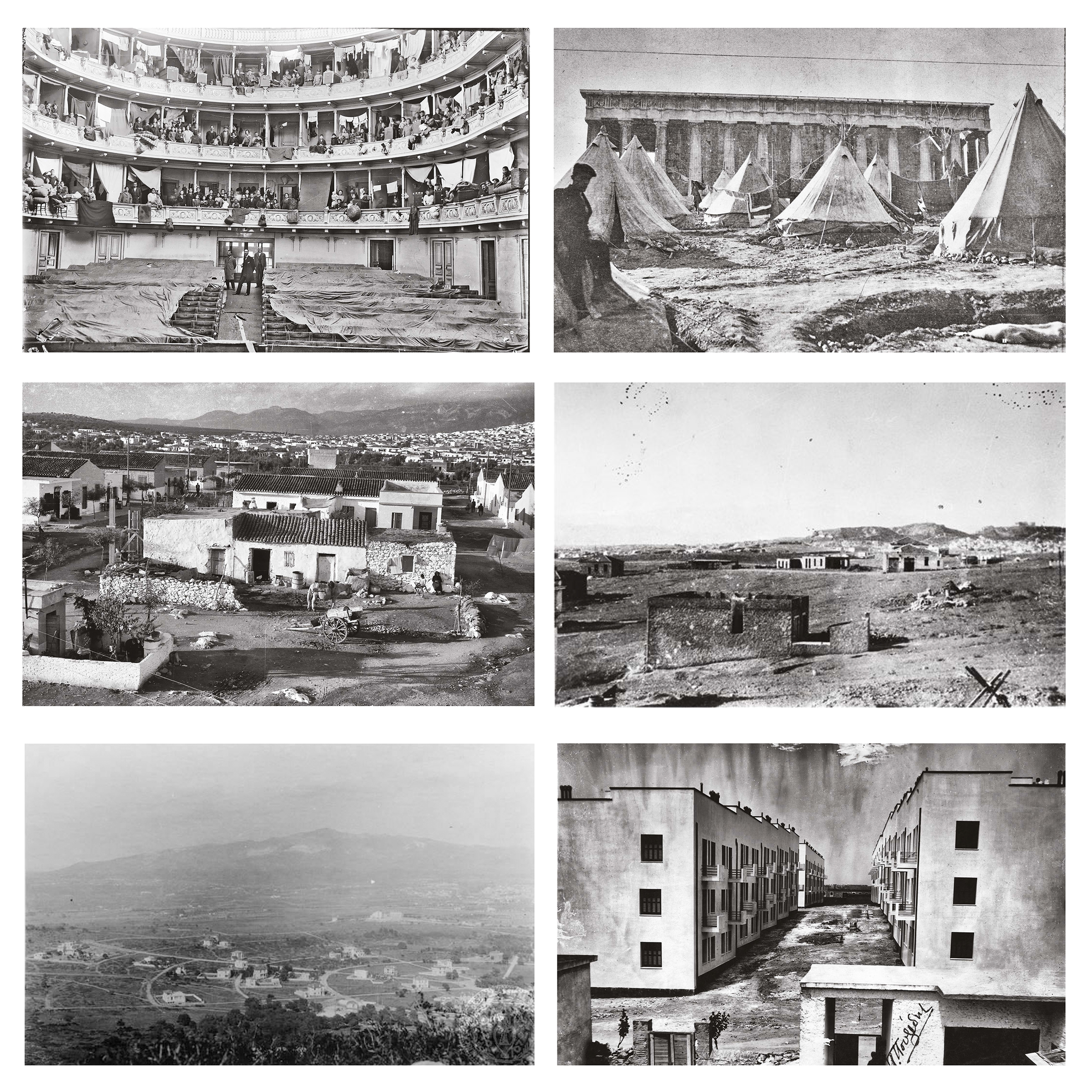Dora Kounavi
The displacement of people is not a new phenomenon in the history of Attica. A variety of causes – usually severe or traumatic as war, earthquakes, environmental disasters, etc. – would always trigger migration of various groups. Layered on top of the domestic impact on Attica’s landscape was the 1922 refugee crisis. Hundreds of thousand refugees arrived at Piraeus Port from the shores of Asia Minor seeking for shelter. Both migrants and Greeks were unprepared for this and had to adapt from providing short-term care to providing longer-term installation. Once – unoccupied rural areas had been transformed into urban cells to accommodate the homeless’. Such an operation took five decades to be completed. In the meantime, the urban sprawl was consuming more and more the space in-between the initial settlement cells and the towns of Athens and Piraeus. The nowadays imprint on the Attica basin is still part of the collective memory Greeks are sharing. A smaller scale displacement was recorded after the 1999 devastating earthquake, but the majority of the shelters were temporary. Only a few areas are spotted nowadays. It seems that Attica’s urban profile consists of fragments, where the new is finally adapted by the old.

